Mesoamerican Myths: The Cosmic Impact Of Asteroids

Introduction
Asteroids have been objects of fascination across cultures and throughout history. From their discovery to their impact on Earth, asteroids have captured human imagination in many ways. Mesoamerican cultures, in particular, have a rich tradition of interpreting celestial bodies, including asteroids, as important figures in their mythology.
The Birth of the Solar System and Asteroids
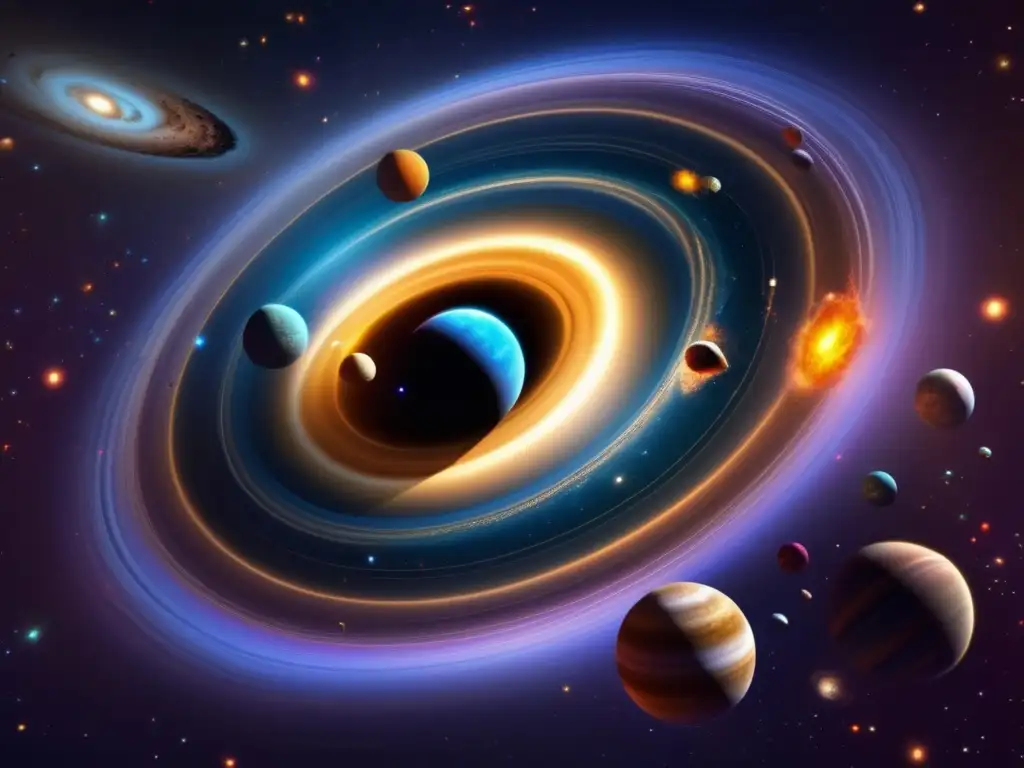
What are asteroids?
Asteroids are rocky or metallic bodies that orbit the sun. They are remnants of the early solar system's formation and can range in size from tiny pebbles to objects several hundred kilometers in diameter. There are millions of known asteroids in our solar system, most of which reside in the asteroid belt, a region between Mars and Jupiter.
Mesoamerican views on the creation of the universe
Mesoamerican cosmologies have different views on the creation of the universe, but they share some common elements. For example, most cosmologies involve a separation of the earth and sky, as well as a creation of gods associated with celestial bodies like the sun and moon.
The Role of Asteroids in Mesoamerican Mythology
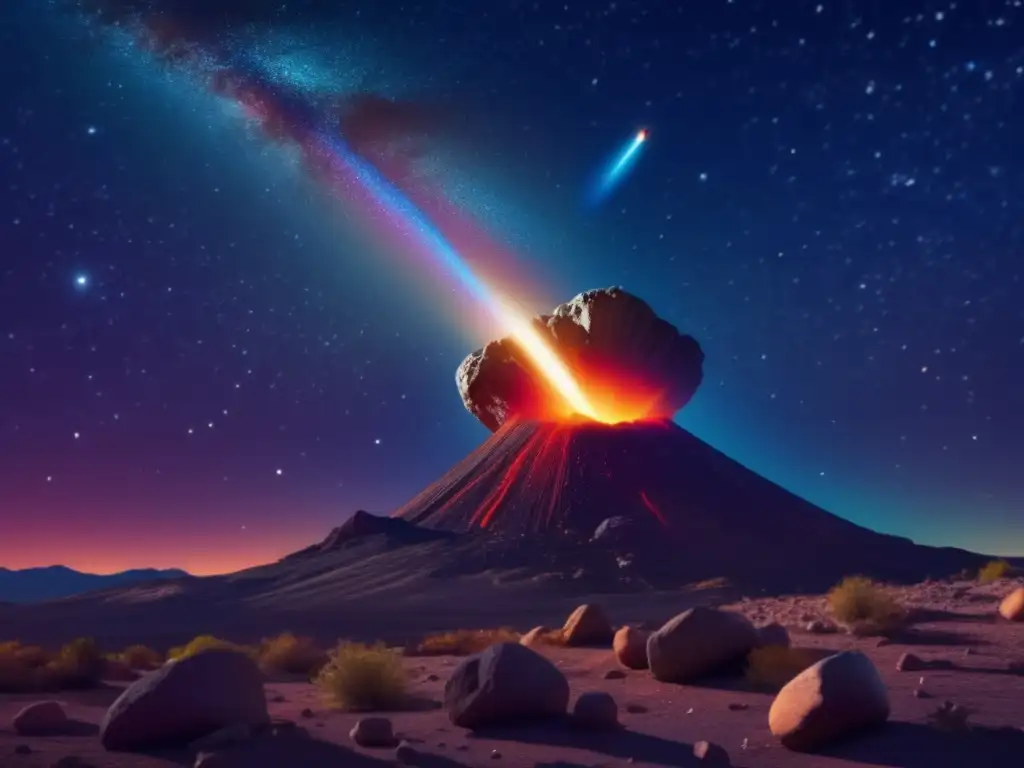
The Aztec God of the Sun and War
The Aztecs worshipped several deities associated with celestial bodies, including their god of the sun and war, Huitzilopochtli. According to Aztec mythology, Huitzilopochtli was born to a mother who was impregnated by a ball of feathers. He is depicted in iconography as holding a serpent scepter and wearing a headdress adorned with hummingbird feathers, symbols that are believed to represent the movement of the sun and the stars.
The Mayan God of Death and Resurrection
The Mayans worshipped their god of death and resurrection, Ah Puch, who was often associated with the planet Venus. Ah Puch was depicted as a skeletal figure carrying a scythe or a human head. Ah Puch's connection to Venus is seen in the way the planet was viewed as a transition point between life and death.
Asteroids and Cosmic Catastrophes in Mesoamerican Mythology
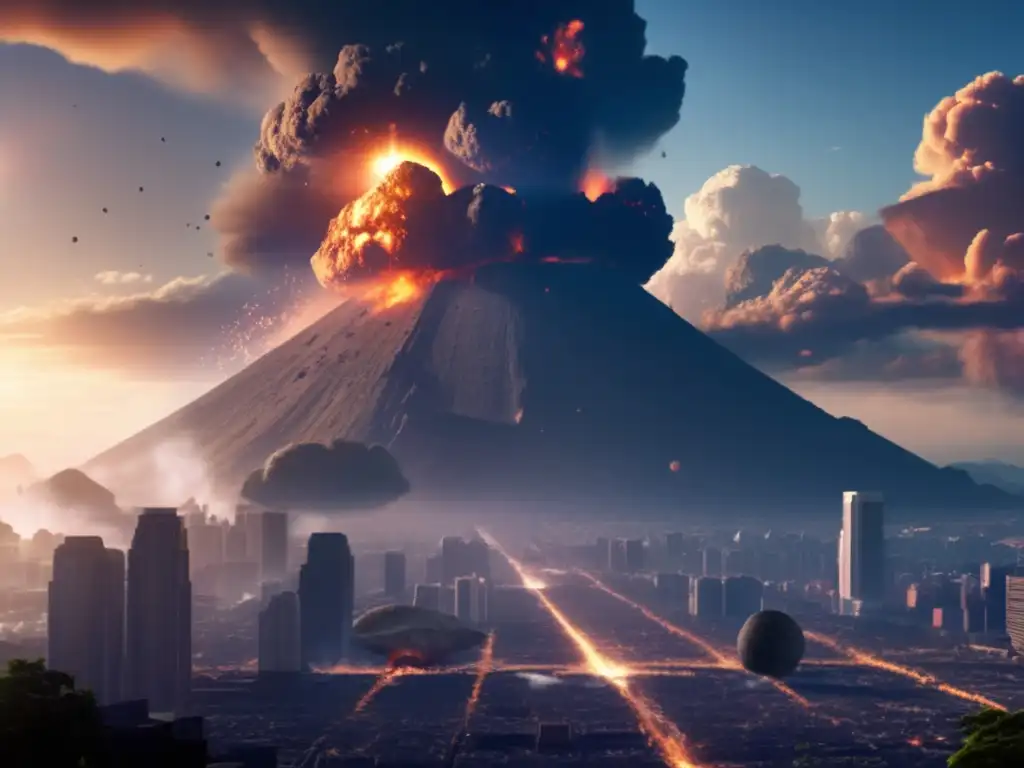
The Aztec and the End of the World
The Aztecs believed that there had been several cyclical ages before the current one, each ending in a cataclysmic event. According to some accounts, the current age is the fifth and will end with the coming of the god Quetzalcoatl. In connection to the end of the world, some Aztec traditions mention the descent of a celestial serpent that will cause destruction upon landing. Some scholars believe that this myth may be connected to an asteroid impact that occurred during the time of the Aztecs.
The Maya and Cosmic Cycles
The Mayans were known for their advanced understanding of astronomy and their view that celestial events such as planetary alignments and eclipses were important markers in cosmic cycles. This connection between the sky and the earth was also reflected in their mythology, where they believed that the movements of the planets and stars indicated the arrival and departure of divine beings.
Are Asteroids Capable of Wiping Out Entire Civilizations?
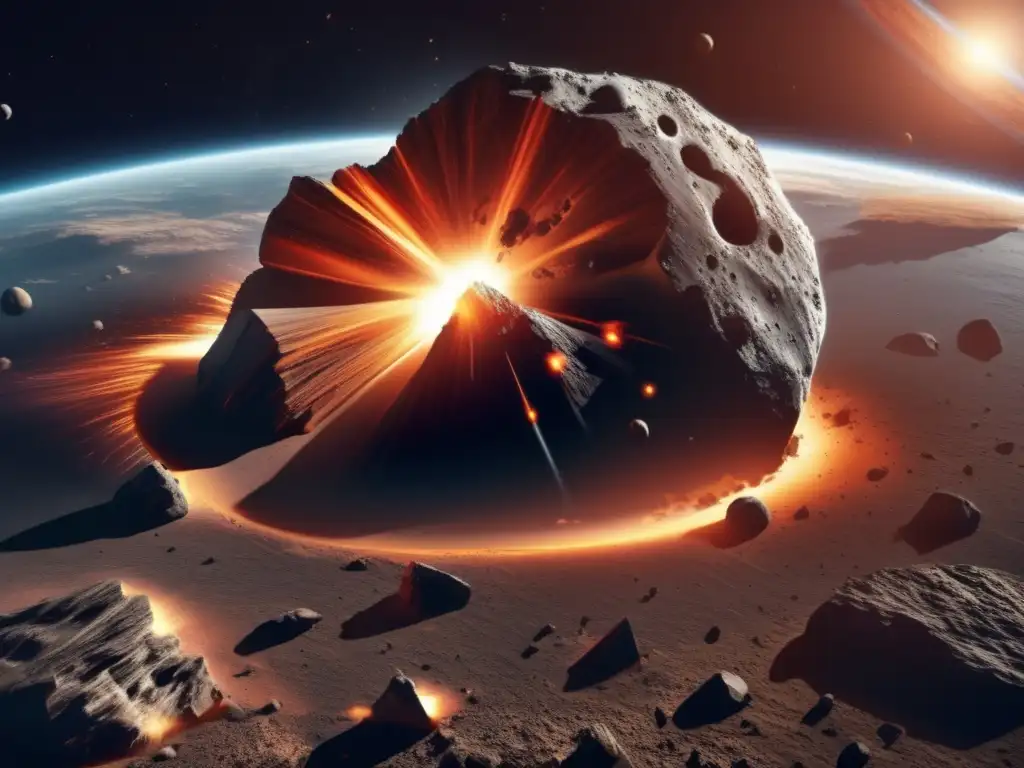
What is a catastrophic impact?
A catastrophic impact is an asteroid impact that can cause significant damage to the planet and its inhabitants. Depending on the size and speed of the asteroid, long-lasting effects such as earthquakes, tsunamis, and changes in the atmosphere and temperature can occur.
Has a catastrophic impact ever happened?
The most famous asteroid impact is the one that occurred around 66 million years ago, which led to the extinction of the dinosaurs and many other species. However, there have been other less-known impacts that have caused significant damage in the past. For example, the Tunguska event in 1908 was an airburst explosion caused by a small asteroid or comet that flattened trees over an area of 2,000 square kilometers in Siberia.
Frequently Asked Questions

-
Can an asteroid be stopped before colliding with Earth?
There are several strategies proposed to prevent asteroid impact, including deflecting it through a gentle push, using a gravity tractor to pull it off course, or destroying it with explosives. The most viable strategy for preventing a catastrophic impact depends on the size, speed, and trajectory of the asteroid.
-
What is the likelihood of an asteroid impacting the Earth?
The likelihood of an asteroid impact is low, but not negligible. NASA's Center for Near-Earth Object Studies (CNEOS) tracks and studies near-earth objects to assess their potential threat on impact. The CNEOS provides warnings when new asteroids are detected, giving scientists and policymakers enough time to prepare.
-
Can studying asteroids help us understand the origins of life?
Asteroids contain chemical compounds and minerals that may provide clues about the origins of life on Earth. Studying asteroids, their composition, and how they interact with the Earth can help us understand how life on Earth evolved and whether life may exist elsewhere in the universe.
-
What are some of the challenges involved in studying asteroids?
One of the main challenges in studying asteroids is their distance from the Earth and the difficulty in reaching them. Another challenge is analyzing the data collected from asteroid missions to determine the asteroid's composition and history accurately.
-
Are there any plans for future asteroid missions?
Yes. There are several planned missions to study asteroids in the coming years, including the upcoming launch of NASA's Lucy mission, which will study the asteroid belt's Trojan asteroids, and the European Space Agency's Hera mission, which aims to study the effects of a deflection technique used by NASA's DART mission.
Conclusion
Mesoamerican myths about asteroids provide unique insights into how ancient cultures viewed and interpreted celestial events and their impact on human life. Studying these myths can also help modern scientists understand the cultural significance of asteroids and how they have been understood throughout history. By continuing to study and explore the universe, we can gain a deeper understanding of our place within it and the potential impacts that asteroids can have on our planet.
Thank you for reading, and please share your thoughts on Mesoamerican myths about asteroids in the comments section below.
Additional Resources

- NASA Planetary Defense
- Lunar and Planetary Institute - Asteroid Resources
- NASA Lucy Mission
- ESA Hera Mission
 Skyfall: Interpreting Asteroids In Gothic Legends
Skyfall: Interpreting Asteroids In Gothic Legends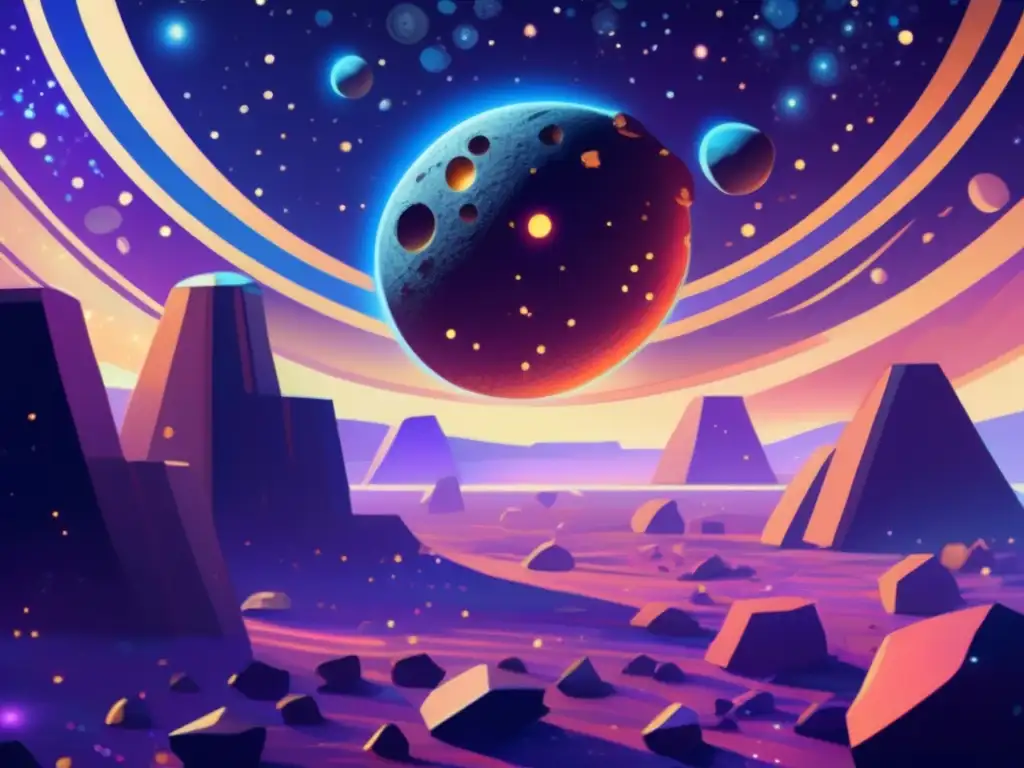 Asteroids In Byzantine Art: A Mythical Unraveling
Asteroids In Byzantine Art: A Mythical Unraveling The Cosmic Dragon: Asteroids In Ancient Chinese Parables
The Cosmic Dragon: Asteroids In Ancient Chinese ParablesIf you want to discover more articles similar to Mesoamerican Myths: The Cosmic Impact Of Asteroids, you can visit the Asteroid Mythology category.
Leave a Reply

Articulos relacionados: